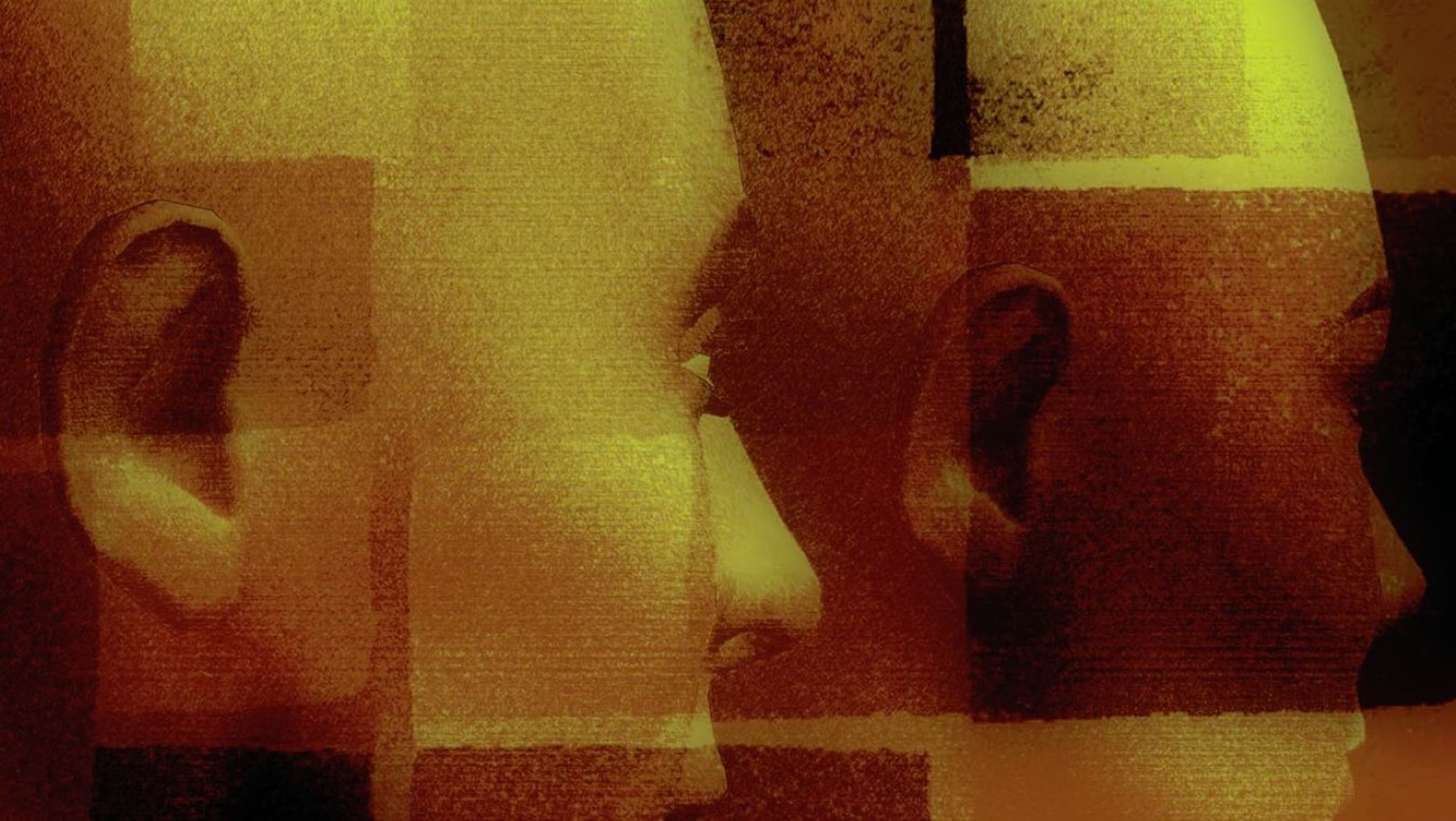I had not heard of psychosynthesis until 1996. However, various synchronous experiences led me to this path, and shortly after becoming aware of its existence, I found myself with both feet firmly upon it in the form of a Bristol-based training.
For me, it was an opportunity to break free from all that restrained me, a journey which not only allowed healing and greater understanding from a personal point of view, but one that enabled me to gain a clearer sense of the transliminal, that which is beyond our individual personality and day-to-day functioning, and awaken to a deeper sense of the sacred in whatever form that might take. It was also an opportunity to recognise the potential benefits of psychosynthesis as a therapeutic approach and explore how I might share it with others within my work.
The psychosynthesis training was awash with opportunities to grow, both individually and professionally, and like most substantive trainings, included personal therapy, development groups, experiential weekends and residentials, theoretical input and skills practice, and of course client work and supervision. As I have gained further experience, it has become apparent that what was initiated back then, has enabled me to be with those I work with in a way that may not have been possible without it. In addition to the techniques and exercises introduced during the training, which have certainly provided dynamic and practical ways of helping to facilitate another’s process, through developing a greater sense of integration and connection, so too it has been made possible to augment an enhanced degree of self-awareness, and gain further access to higher levels of consciousness and a collective wisdom that go far beyond the limitations awarded us by mundane human experience.
In the therapy room the focus depends very much upon what the client brings, and this includes how overtly transpersonal issues enter the process. As psychosynthesis acknowledges all levels of the human experience, as well as the uniqueness of each person’s journey in any given moment, there is the potential to be present with the whole of the person entering the room. However, whether openly acknowledged or not, there is always an ‘honouring of Soul’ and an acknowledgement that the meeting, for whatever purpose, is a multilayered one and includes making contact at our core.
This said, due to the nature of psychosynthesis, where the potential for healing on both a personal and spiritual level is held within the relationship, the focus often does, in one form or another, turn towards the transpersonal aspects of the human experience. This might manifest through exploring another’s vulnerability and fear of being seen by those around them; being aware of a deep sense of isolation and loneliness; when in touch with sadness at the losses that are an inevitable part of life; while celebrating how the life force expresses itself uniquely through each of us; while recognising the crises in which we find ourselves as courage is found in order to hold the shadow of destruction and despair to the light so that it may be transformed – as in the myth of Hercules where he was called to face the Lernaean Hydra during the second of 12 labours; or when deeply moved and perhaps silenced by the profundity of the divine in all its forms. The words used to explore the transpersonal can be many and do not necessarily find their way into the textbooks, and we may need to listen carefully to hear where and how the soul is attempting to express itself.
When it comes to the techniques often employed by those utilising this approach, as highlighted above, they have their uses when it comes to promoting healing and growth, at whatever level that might be. They can break through an impasse and a variety of other obstructions; build bridges and synthesise aspects of our inner world; access information outside our immediate awareness, which can then be used to inform and accelerate whatever process is taking place; or enhance our ability to pay attention to and be present in the moment.
In conclusion, the overall synergy of the practices and philosophy developed by Assagioli, the founder of psychosynthesis, offers an intensely powerful but highly accessible method of working. Psychosynthesis accompanied me on my path as I touched some of the heights and depths of the human experience and reached out for a deeper sense of connection and meaning, and continues to stand by me as I walk alongside others who are compelled to do the same.
Melody Cranbourne-Rosser, MBACP, MBPsS, is a counsellor, supervisor and trainer, based in South Wales.
www.essenzacppd.org.uk
